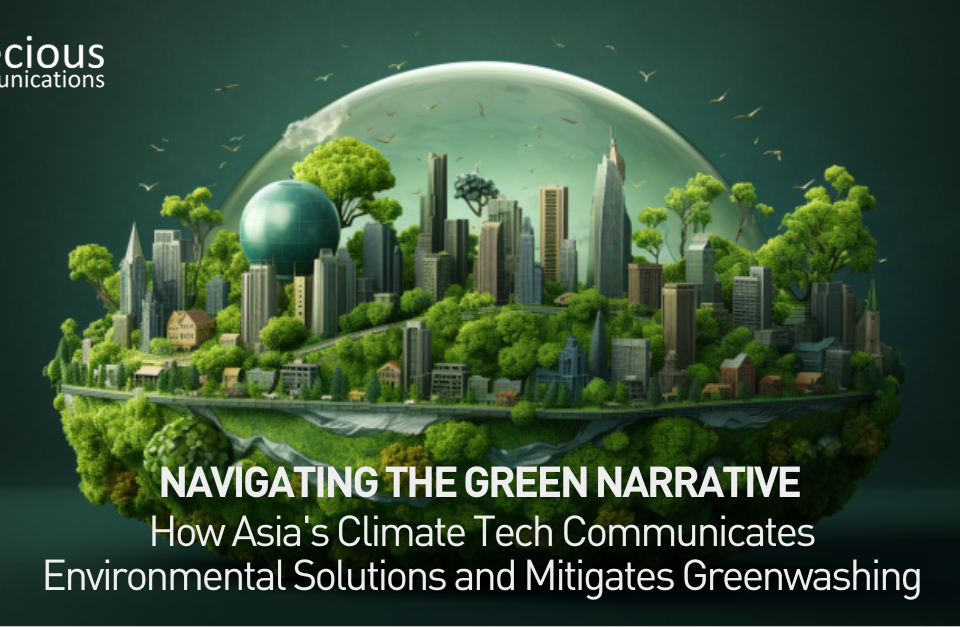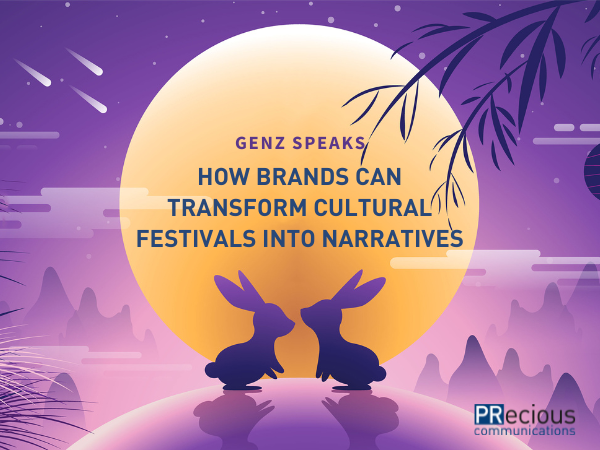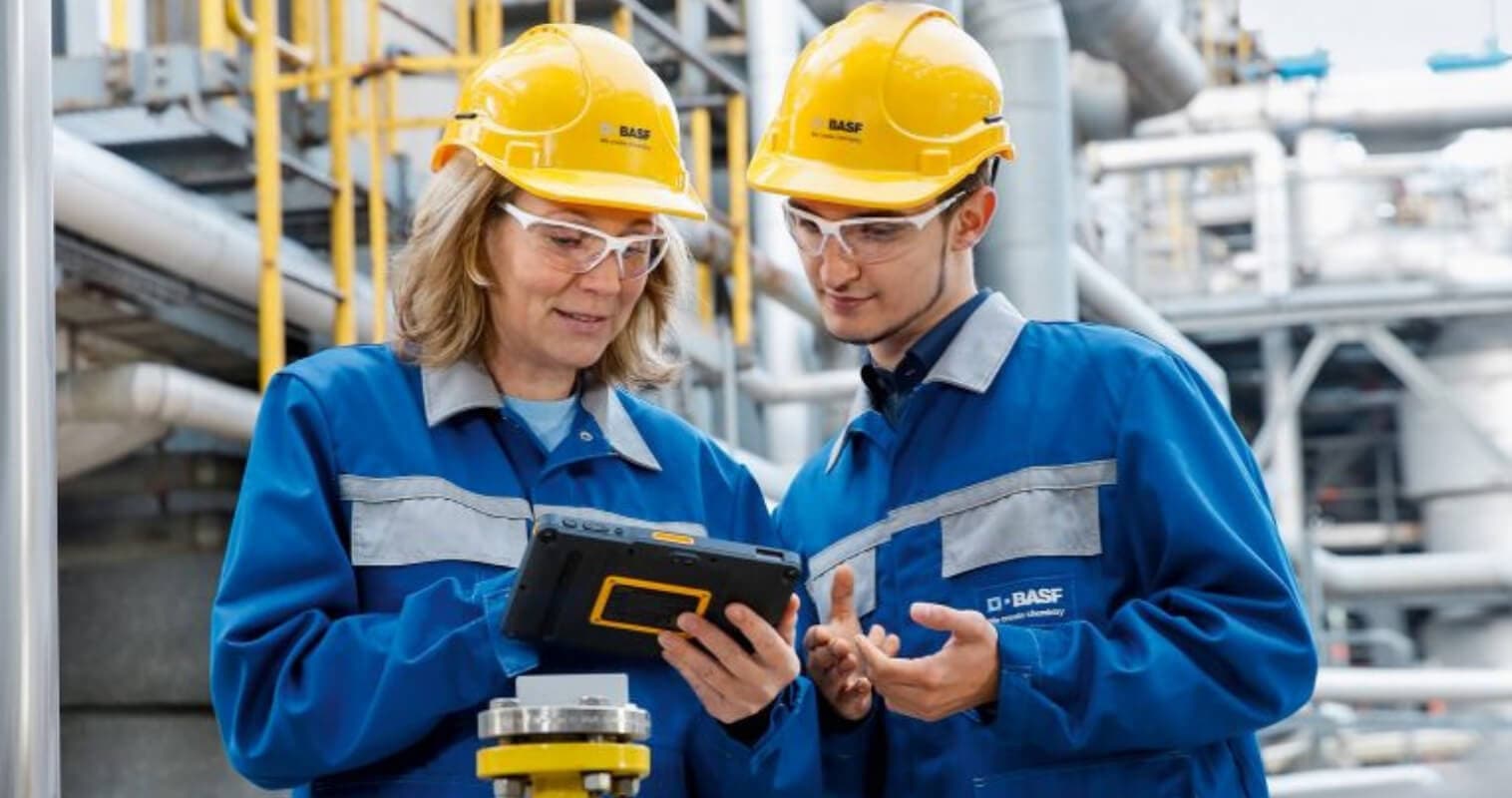Combatting Pandemic Fatigue as a Communications Professional

Creativity From Afar: Making Integrated Campaigns at Home
July 7, 2021
Intern Diaries: 2021 Midyear Musings
July 9, 2021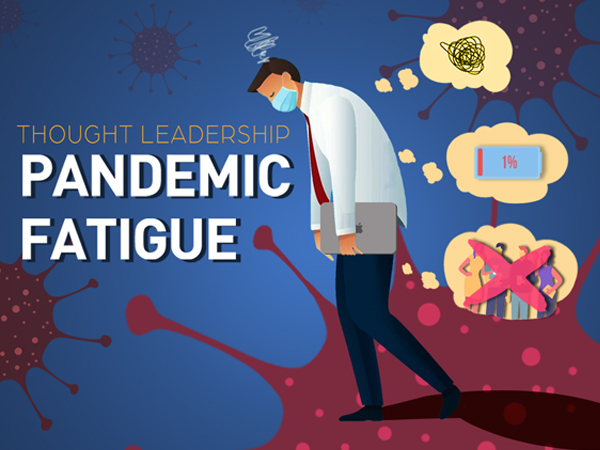
A year after being struck by the first Covid-19 strain, Southeast Asia is not entirely out of the woods yet: While there has been a steady rollout of vaccines across markets (a great improvement from July last year), the rising number of Covid-19 variants and cases are causing governments in the region to remain vigilant and exercise caution. Hence, restrictions continue to be part of the new normal, with work-from-home continuing to be the default working scheme for markets in Southeast Asia and pandemic fatigue on the rise.

Singapore, which earlier in April had allowed 75% of employees to be physically present in the office, reverted back to work-from-home as the default, along with the surge in community cases. And even as dining restrictions gradually ease (with restaurants allowing two people to dine in instead of just takeout or delivery), the Singapore government has mandated that employees continue to work from home.
Indonesia, which has adopted work-from-home for almost a year, is keeping its guard high, as total Covid-19 infections in the market surpass two million. Malaysia, which originally intended to ease the lockdown by end-June, is pushing the schedule back – and is only seen to move into phase two in mid-July, once 10 percent of its population are fully vaccinated.
The pandemic has undoubtedly brought about a lot of changes around how businesses operate. And the constant cycle of disruption and adaptation in the new normal has only given rise to a phenomenon called “pandemic fatigue” – which has led employees to experience heightened levels of anxiety and exhaustion amidst constant flux.
Work from home: boon or bane?
No one can tell when the health crisis (well into its second year) will be ending. And this is a pressing area of concern forming the root of emotional distress for most. Many have lost loved ones and jobs over the last few months. The pandemic lifestyle – which has left all of us cooped up at home most of the time – has only aggravated the feeling of exhaustion. Extra precautions have upended daily routines, leading many into a Covid-19 rut.

Credit: BBC
Industries – especially those that are very much relationship-driven – had to adjust to new working cadences and work smarter. Besides the fact that not all employees have a full-office set-up at home, companies across industries found that communicating through video calls and various messaging and cooperation apps only gets them that far when they want to interact with people and strengthen relationships with clients, colleagues and partners.
Blurred boundaries between work and personal life can serve as a double-edged sword. On the upside, employees don’t have to deal with traffic, which can be quite heavy in cities such as Jakarta and cause travel-related stress – if you’re not a morning person, you’d agree that it’s a relief not to be waking up extra early just to beat the rush hour traffic and get to the office on time. Working from home allows parents to spend more time with their children and strengthen relationships with them. But on the flipside, working from home also presents employees with more distractions – as they cannot totally escape from personal obligations.
Transcending pandemic fatigue
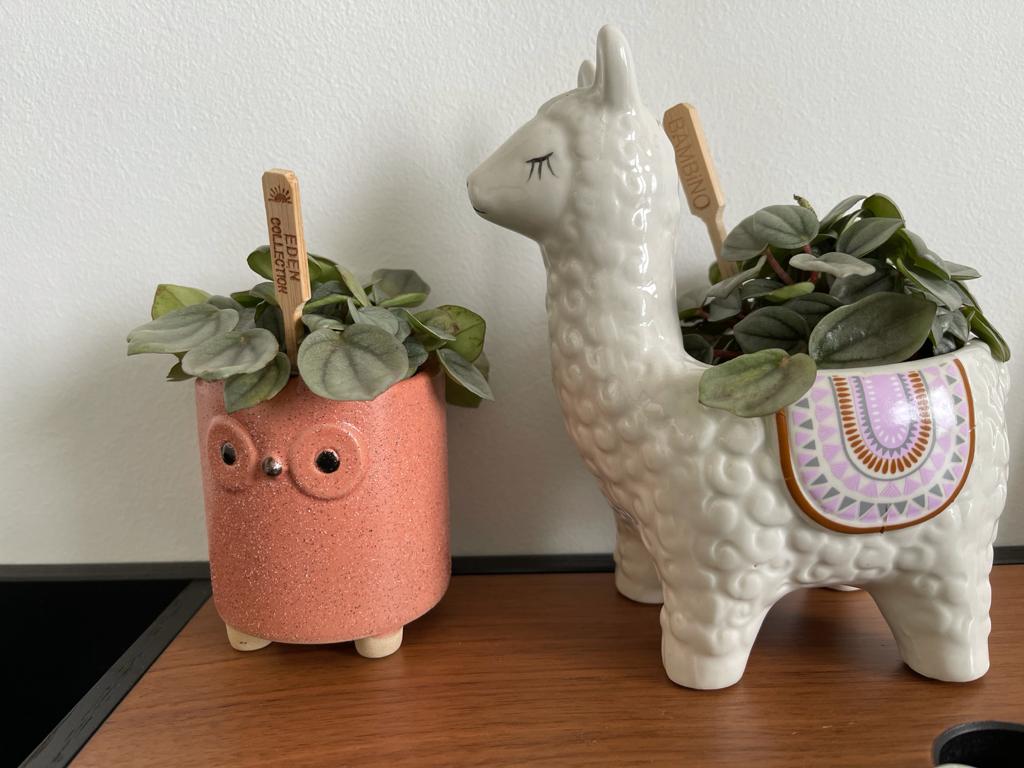
A snap of a PRecious colleague’s home office
High levels of stress only mean that employees and bosses need to refine the way they work to better support each other. It’s the responsibility of organisations and leaders to open up channels of communication to understand how they can create a culture where employees can be open about their personal issues.
Here are a few tips to combat pandemic fatigue within teams:
-
Constantly check in with team members
Usually, stress is an overwhelming state caused by a confluence of factors that hinder one’s ability to function normally. When one’s on the verge of pandemic burnout, the best course of action is to have a discussion with one’s direct manager to address how he can work more effectively with him to lighten his emotional load. Unfortunately, most employees do not reach out to bosses openly to discuss personal issues due to perceived stigmas. Bosses should try to change this culture by reaching out to team members and making time to do “sanity calls” with each and every team member. This reduces the probability of employees feeling isolated from the rest of their teams in a work-from-home setup.
-
Pacing oneself
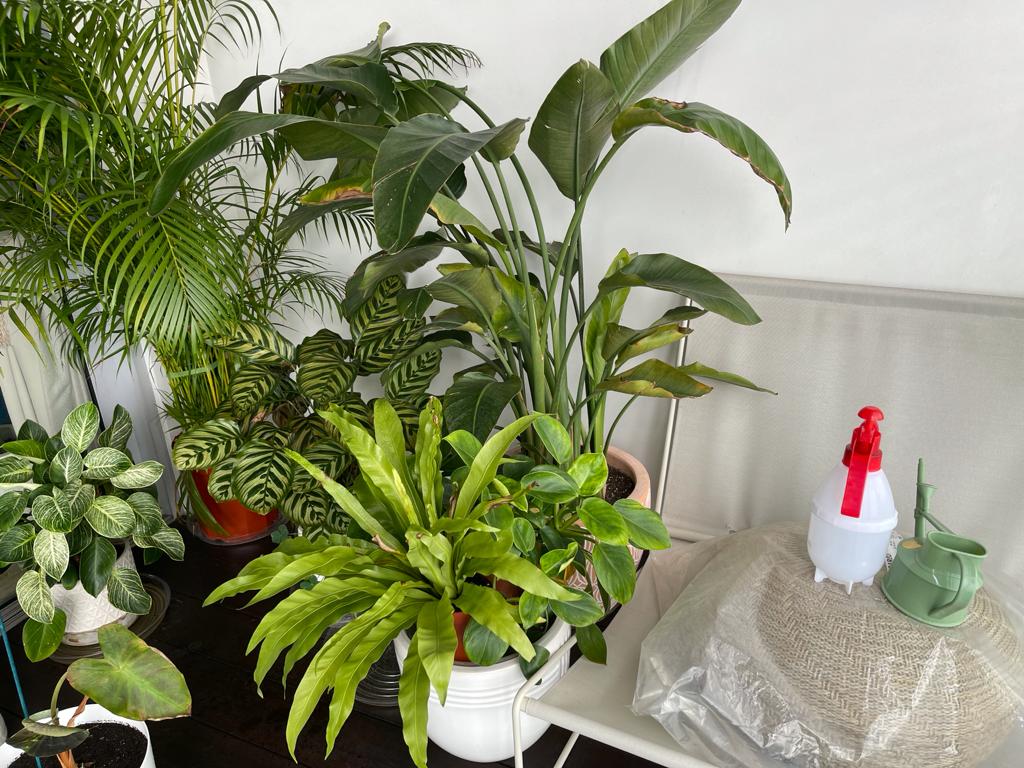
A PRecious colleague on a gardening break
Employees should know when to hit the brakes, breathe, de-stress and recharge. Taking time off once in a while helps one refuel and reset mentally – which could go a long way towards improving focus at work and boosting productivity levels. It is unhealthy to be pushing yourself beyond limits – the brain can only do so much. When faced with a lot of stressors, the brain can also shut down. Take those much-needed off days – trust me: you’re doing your brain, as well as everyone in your team, a favour!
-
Compartmentalising work and home
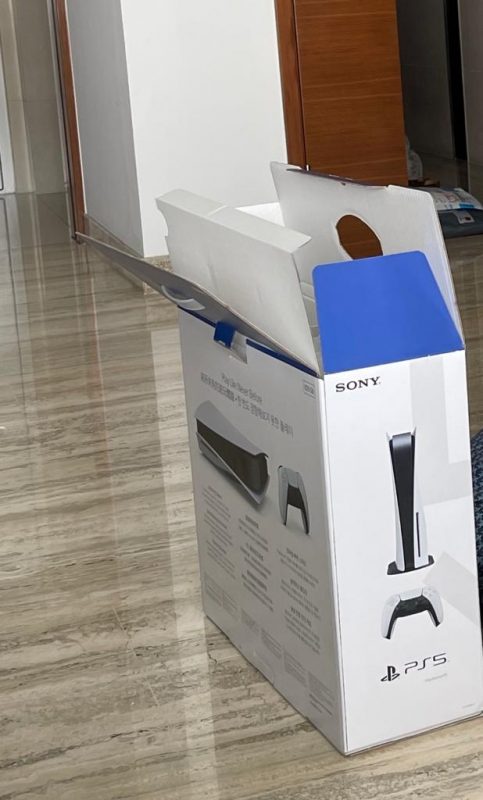
Home lunches have levelled up
Working from home may have blurred the lines between work time and personal time. But even as the home turns into the default workplace in the new normal, employees should not fall into the trap of working well beyond hours – when they should be focusing on their personal obligations. Being “always on” is not exactly what working in the new normal is all about. It could only serve as a stress aggravator that leads to a burnout, which in turn, translates to a lose-lose work-life situation employees don’t want to be in.
Internal engagement can serve as a driver to alleviate anxiety and cultivate trust amidst uncertainty. Pandemic burnout is very real (yes, it’s not just some buzzword marketers have made up), so companies should focus on strengthening employee connections and building an empathic work culture above anything else. Work on understanding what your employees need – this can go a long way towards empowering and supporting your staff in these uncertain times.
Let’s talk about pandemic fatigue, and work on eliminating stigmas! Drop us a line to have a chat.
